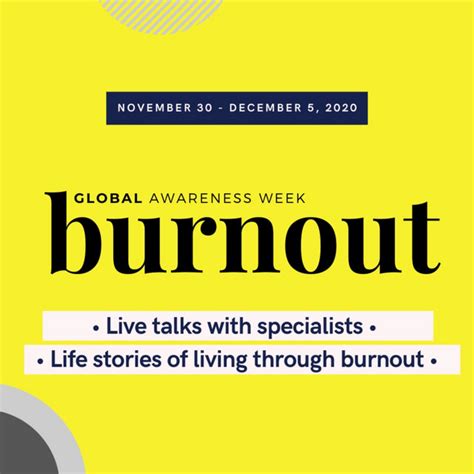In an astonishing revelation, recent data indicates that nearly half of the global workforce is grappling with burnout. This isn’t just about feeling exhausted after a long week; it’s about a persistent state of physical, emotional, and mental exhaustion caused by prolonged stress. The discourse around burnout often narrows down to long hours and overwhelming workloads, but comments from various voices provide a more nuanced understanding of this multifaceted issue.
One commenter, Aeolun, hit the nail on the head by highlighting the disillusionment many employees feel when navigating corporate politics and implementing doomed projects. This sentiment is reflected across sectors and countries, where workers feel their efforts are often in vain. Another user, killjoywashere, provided a sharp reminder that despite these frustrations, the presence of a salary, however meager, is still a significant privilege compared to the dire straits faced by the homeless or those in developing nations. This comparison, however, sometimes leads to a toxic minimization of one’s struggles, as dexwiz pointed out. Belittling your issues because someone else has it worse can exacerbate mental health problems rather than alleviate them.
Yet, as UniverseHacker shared from personal experience, there are profound benefits to a simpler way of living. Spending time outdoors, away from the trappings of modern life, can significantly boost mental health. UniverseHacker’s insights bring forth a crucial perspective: physical discomfort does not inherently lead to burnout. Instead, it is the continuous, often internalized stress of modern life that grinds people down. This chronic stress, exacerbated by long hours spent in often meaningless or overly complex tasks, drains one’s sense of autonomy and purpose.
Examining job satisfaction reveals another layer to the burnout puzzle. As marginalia_nu discussed, alienation in the workplace significantly impacts mental health. Employees who can see the direct results of their work, like janitors, might find their jobs more fulfilling compared to those stuck in a never-ending cycle of reporting and bureaucracy, such as IT professionals or corporate employees. The endless
hamster-wheel
of agile sprints and delivery targets in software development described by GiorgioG accentuates how repetitive, high-pressure environments contribute to burnout. The lack of meaningful recognition and the perpetual demand to cut corners leave employees feeling undervalued and overworked.
The relationship between burnout and corporate culture is undeniable. Comments from mschuster91 and others underscore the stifling atmosphere in many workplaces where ‘agile’ has become a byword for relentless pressure and surveillance. Companies focusing solely on productivity metrics and cost-cutting, while neglecting the human aspects of work, create environments ripe for burnout. Moreover, policies that enforce presenteeism and long hours, often without extra compensation, highlight a critical imbalance in the employer-employee relationship. Many burnouts could likely be mitigated by better management practices, including genuine care for employee well-being, realistic workload expectations, and a broader societal support system that reduces dependency on employment for basic needs like healthcare and housing.
Ultimately, the narrative around burnout is complex and layered. It isn’t just about long hours or toxic work environments; it’s about a loss of control and purpose, as described powerfully by contributors in the conversation. To combat this crisis, we need to humanize workplaces, prioritize mental health, and create systems that support rather than exploit employees. Only then will burnout rates begin to decline, allowing workers to thrive rather than merely survive.


Leave a Reply